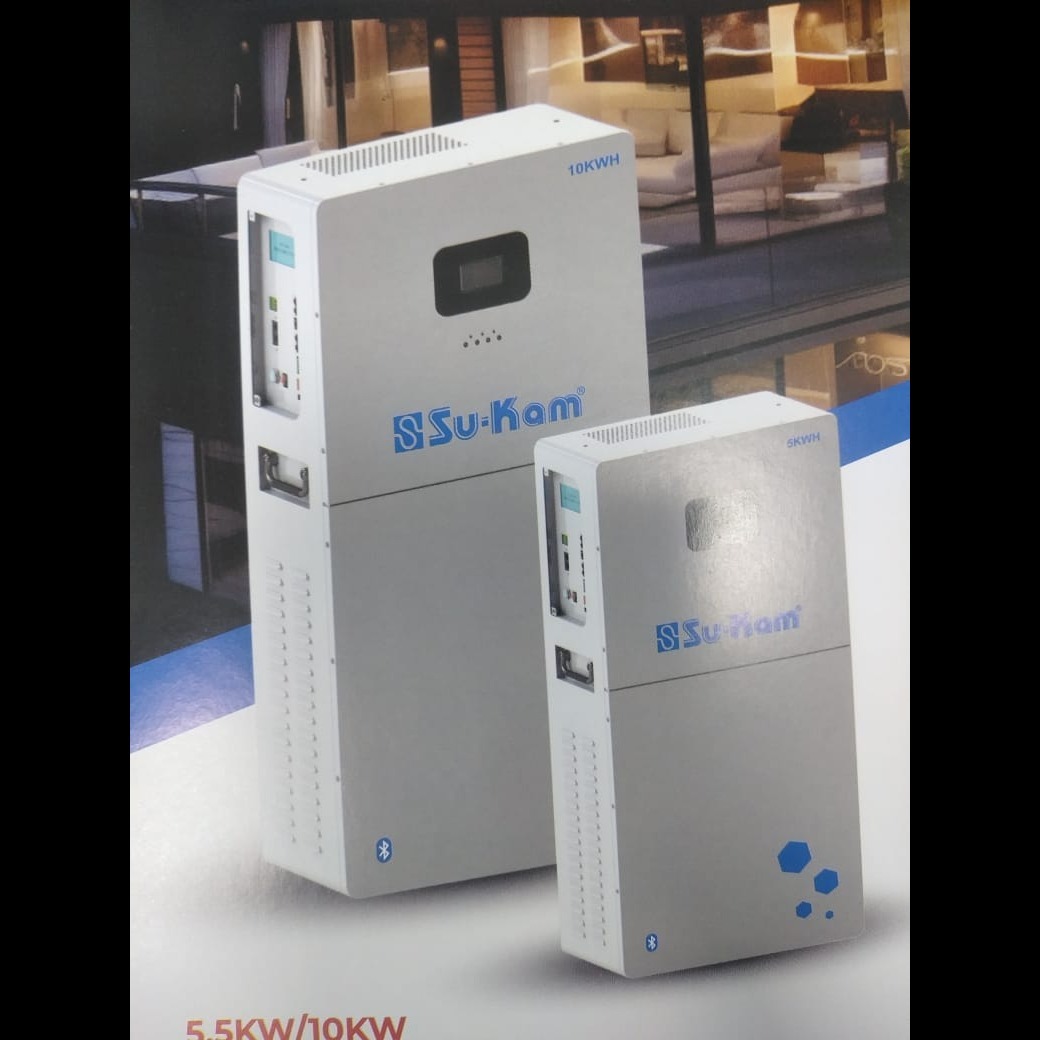
UPS TESTING
Testing a Vertiv UPS (Uninterruptible Power Supply) is crucial to ensure its reliability and performance in providing backup power during outages or disturbances. Here are the key aspects, procedures, and considerations for testing a Vertiv UPS:
Types of UPS Testing
Visual Inspection:
Check for physical damage, loose connections, or signs of wear.
Ensure that the UPS is installed in a clean, dry, and well-ventilated area.
Functional Testing:
Verify that the UPS powers on and operates correctly.
Check the LCD display for any error messages or alerts.
Test the functionality of the control panel and buttons.
Battery Testing:
Measure the battery voltage and ensure it is within the specified range.
Perform a battery load test to check the battery\'s ability to hold a charge under load.
Inspect battery connections for corrosion or looseness.
Load Testing:
Connect a known load to the UPS and monitor its performance.
Measure the output voltage and frequency to ensure they are stable and within specifications.
Check the UPS\'s response to load changes (increases and decreases).
Transfer Time Testing:
Simulate a power failure by disconnecting the input power.
Measure the time it takes for the UPS to switch to battery mode.
Ensure that the transfer time is within the manufacturer\'s specifications.
Runtime Testing:
Conduct a full discharge test by running the UPS on battery power until it reaches a predetermined cutoff voltage.
Measure the actual runtime against the expected runtime based on the load.
Self-Test Function:
Many UPS systems have a built-in self-test feature. Initiate this test to check the UPS\'s internal components and battery health.
Communication Testing:
If the UPS is equipped with communication ports (USB, RS-232, SNMP), test the communication with monitoring software.
Ensure that alerts and notifications are functioning correctly.
Testing Frequency
Routine Testing: It is recommended to perform routine testing every 6 to 12 months to ensure the UPS is functioning correctly.
Pre-Deployment Testing: Before deploying a new UPS, conduct thorough testing to verify its performance.
Post-Maintenance Testing: After any maintenance or battery replacement, perform testing to ensure everything is functioning as expected.
Safety Considerations
Always follow safety guidelines and manufacturer instructions when testing a UPS.
Use appropriate personal protective equipment (PPE) when working with electrical equipment.
Ensure that the testing environment is safe and free from hazards.
Documentation
Keep detailed records of all tests performed, including dates, results, and any corrective actions taken.
Document any issues encountered and the steps taken to resolve them.
Conclusion
Testing a Vertiv UPS is essential for ensuring its reliability and performance in critical applications. By following a structured testing procedure and adhering to safety guidelines, you can help ensure that your UPS will provide the necessary backup power when needed. For specific testing procedures and recommendations, refer to the user manual or technical documentation provided by Vertiv for your particular UPS model.
Keywords
12 months
transfer time
ups model
vertiv ups
ups conduct
ups systems
ups powers
wear ensure
specifications check
alerts test
user manual
recommendations refer
critical applications
issues encountered
corrective actions
dates results
tests performed
detailed records
manufacturer instructions
output voltage
batterys ability
control panel
error messages
lcd display
clean dry
performance measure
conclusion testing
testing environment
power failure
hazards documentation
actual runtime
upss response
range perform
battery voltage
backup power
battery power
safety guidelines
ups testing testing
vertiv ups types
battery load test
performance postmaintenance testing
battery mode ensure
expected safety considerations
electrical equipment ensure
monitoring software ensure
operates correctly check
perform routine testing
input power measure
providing backup power
load selftest function
follow safety guidelines
full discharge test
specific testing procedures
structured testing procedure
technical documentation provided
upss internal components
expected runtime based
key aspects procedures



